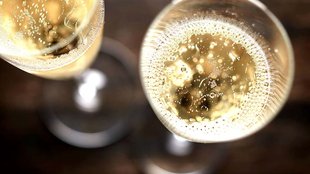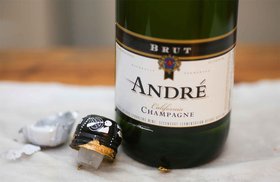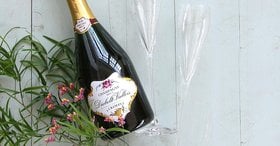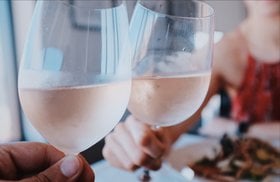15 Types Of Champagne: Best Bottles To Buy, Prices (2025)
Want to find out the subtle differences between the different types of Champagne?
From golden yellow to rose pink, syrupy sweet to bone dry, vintage and non-vintage - there is a whole world of delicious and exotic Champagne styles to explore!
Let’s explore 15 types of Champagne, 10 fantastic bottles to buy in 2024, some mouth-watering food pairings, and find out how Champagne is made.
Further reading
- Discover the Fascinating World of Champagne, its origins, the best bottles, and its investment potential.
- Also, here's the Difference Between Champagne and Sparkling Wine, the different wine regions, grape varietals, and prices.
15 Different Types Of Champagne
The exotic French Champagne is primarily made from the seven permitted grape varieties in the Champagne region.
These include the Chardonnay grape, Pinot Noir, Pinot Meunier, Pinot Blanc, Pinot Gris, Pinot Meslier, and the Arbane grape variety.
Champagne can be broadly classified based on four different factors:
A. Based On Wine Color
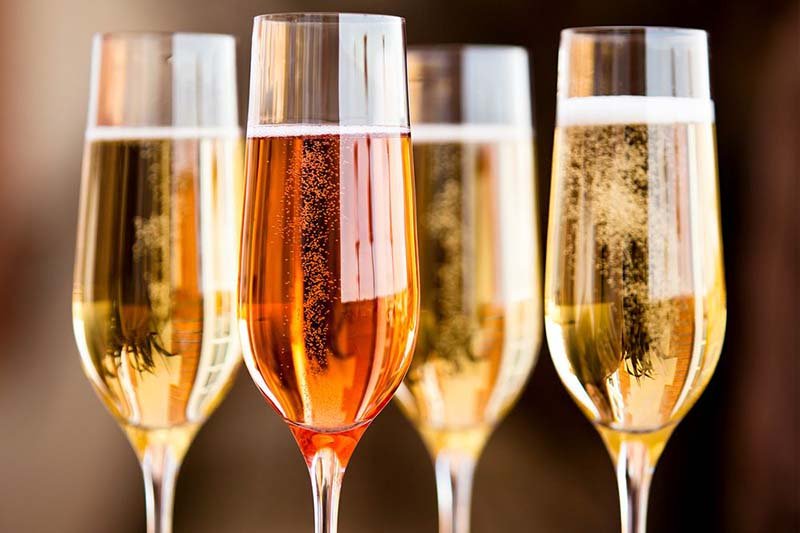
There are three different Champagne styles based on color:
- Champagne Blanc de Noirs: This white sparkling wine is made entirely from red grape varietals (also called black grapes.) The only black grapes permitted in Champagne are Pinot Noir and Pinot Meunier.
- Champagne Blanc de Blancs: Blanc de Blancs Champagne is also a white wine, but it is made entirely from white grape varietals, most commonly the Chardonnay grape.
- Champagne Rose: Rosé Champagne is a pink sparkling wine and can be made from two different methods - eitherby mixing red wine with the white wine or the winemaker leaves the white grape juice in contact with the red grape skins during fermentation.
B. Based On Vintage Year
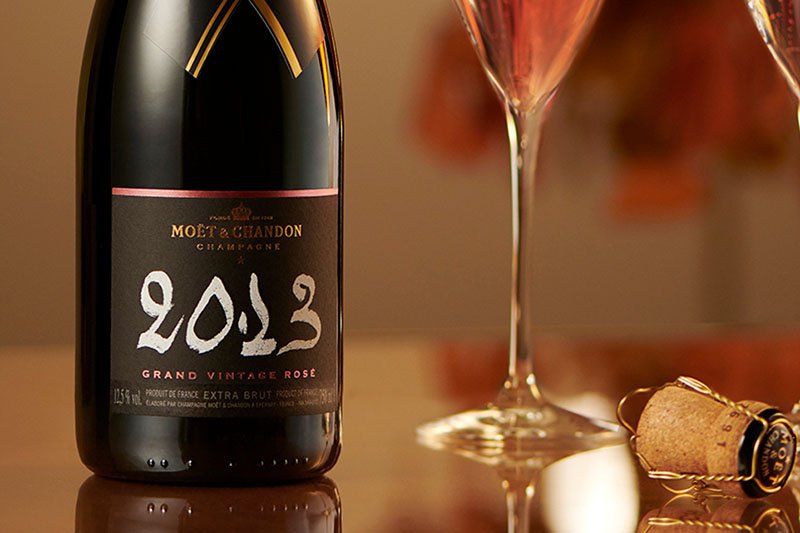
The quality of a season’s harvest also plays a role in the type of Champagne produced.
- Vintage Champagne: A Champagne house creates a vintage wine using the harvest of a specific year. Vintage Champagne is aged for at least three years.
Prestigious Champagne houses like Louis Roederer only produce their exceptional cuvees (like Cristal) in outstanding harvest years.
- Non-Vintage Champagne: Non-vintage Champagnes showcase a producer’s consistent house-style. It’s a blend of several vintages and must age for at least 15 months.
Non-vintage Champagne is typically fruitier and less toasty than its vintage counterpart.
C. Based On Vineyard Classification
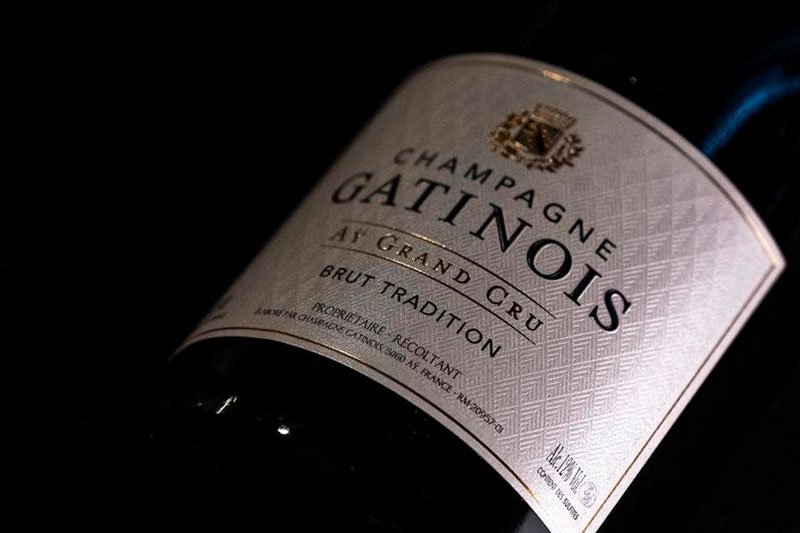
Champagne can also be classified based on the vineyard the fruit is sourced from. There are three vineyard classifications in the Champagne region.
- Grand Cru Champagne: Grand Cru Champagne is produced from the highest quality fruit sourced from one of the 17 finest Grand Cru vineyards in the Champagne region.
- Premier Cru Champagne: There are 43 Premier Cru vineyards in the Champagne region. Premier Cru wines are slightly lower in quality than Grand Cru wines but are still complex and delicious.
- Autre Cru Champagne: Autre Cru vineyards are below Premier Cru in quality. However, some Autre Crus in the Champagne region are as good as Premier Cru wines.
Either way, if your bubbly has any of these classifications on the label, it’s safe to say it’s a good-quality bottle.
D. Based On Sweetness Levels
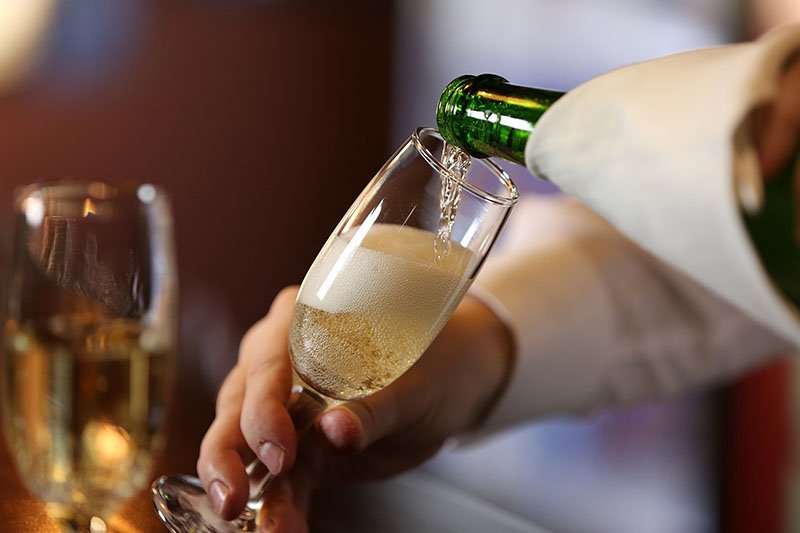
Arguably the most mentioned distinction in Champagnes is the sweetness level.
- Champagne Brut Nature: This style of French Champagne has little to no sugar, meaning it is the driest Champagne with 0-3 grams of residual sugar.
- Champagne Extra Brut: Extra brut Champagne contains between 0-6 grams of residual sugar.
- Champagne Brut: Abrut Champagne has less than 12 grams of residual sugar, providing a hint of sweetness.
- Champagne Extra Dry: Not as dry as brut Champagne, extra dry Champagne has around 12-17 grams of residual sugar.
- Champagne Dry: Dry Champagne has 17-32 grams of residual sugar with a surprising sweetness.
- Champagne Demi-sec: Demi-sec Champagne has around 32-50 grams of residual sugar, providing incredible sweetness.
- Champagne Doux: With intense sweetness, Champagne Doux is a dessert wine with over 50 grams of residual sugar.
Champagne is usually produced using a combination of styles. For example, a 2015 Agrapart & Fils Experience Blanc de Blancs Grand Cru Brut Nature is a vintage Grand Cru Champagne made from only white grape varietals and minimal sugar.
Let’s look at some examples of delicious Champagnes.
10 magnificent Champagne Bottles To Buy In 2024
Here are 10 mouth-watering Champagne bottles to buy in 2024:
- N.V Moet & Chandon Esprit du Siecle Brut
- 1975 Dom Perignon P3 Plenitude Brut
- 2002 Louis Roederer Cristal 'Gold Medalion' Orfevres Limited Edition Brut Millesime
- 1996 Krug Clos d'Ambonnay Blanc de Noirs Brut
- 1988 Bollinger R.D. Extra Brut 'Spectre' James Bond 007 Edition
- 1995 Boerl & Kroff Brut Millesime
- 1929 Krug Private Cuvee
- 2008 Veuve Clicquot Ponsardin La Grande Dame Brut
- N.V Moet & Chandon Brut Imperial
- N.V Andre Chemin Premier Cru Tradition Brut
1. N.V Moet & Chandon Esprit du Siecle Brut, Champagne, France ($6,268)
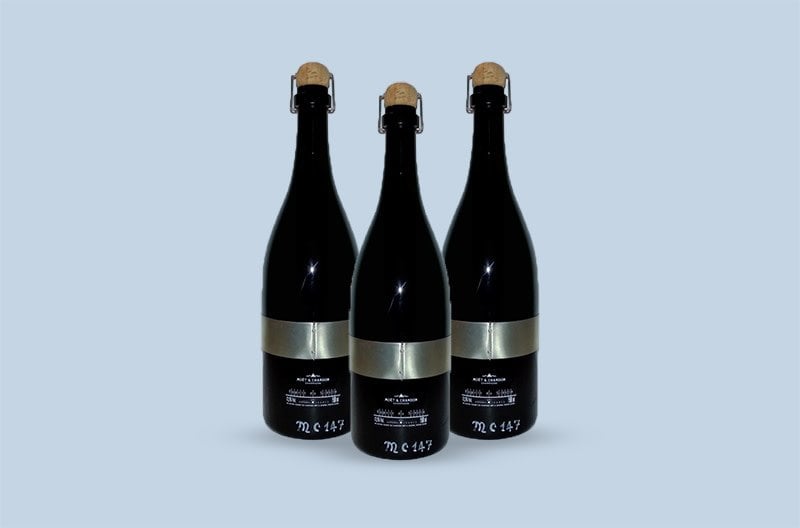
This exclusive sparkling wine from the Champagne region has noticeable bubbles, apple, and peach aromas with soft biscuity flavors and a citrus fruit finish.
2. 1975 Dom Perignon P3 Plenitude Brut, Champagne, France ($20,023)

Here’s a 1975 vintage sparkling wine from the Dom Perignon Champagne brand.
It has fresh citrus, melon, and honey aromas with minimal sweetness and delicate bubbles. Expect creme brulee and white chocolate notes.
3. 2002 Louis Roederer Cristal 'Gold Medalion' Orfevres Limited Edition Brut Millesime, Champagne, France ($3,993)

Honey and nuts fill the nose of this sparkling wine, followed by crisp apple, brioche toast, and bubbly citrus flavors.
4. 1996 Krug Clos d'Ambonnay Blanc de Noirs Brut, Champagne, France ($3,800)
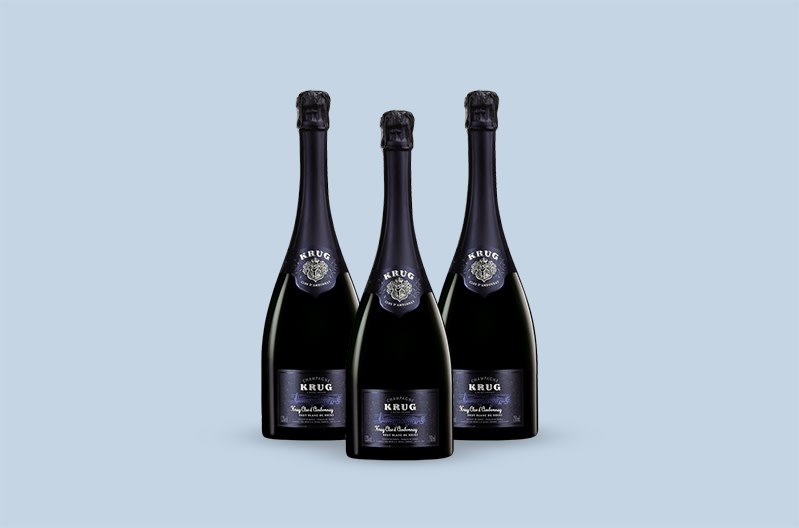
This French Champagne has a seductive aroma of brioche, caramel, and oak. Crisp minerals, honey, and vanilla on the palate perfectly complement the sparkling bubbles of this wine.
5. 1988 Bollinger R.D. Extra Brut 'Spectre' James Bond 007 Edition, Champagne, France ($3,053)
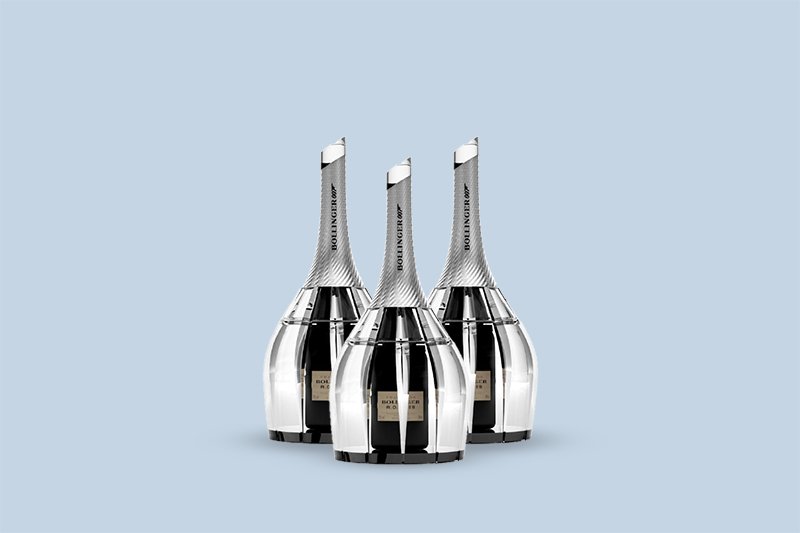
This sparkling wine was crafted to celebrate the 24th James Bond film and has yellow fruit and hazelnut aromas with tart bubbles, notes of burnt toast, and almonds.
6. 1995 Boerl & Kroff Brut Millesime, Champagne, France ($5,471)
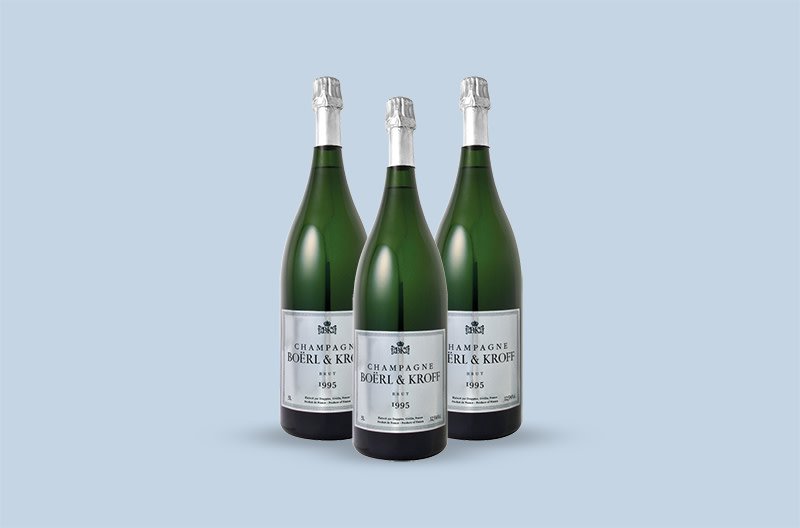
Here’s a sparkling wine with citrus, honey, and toast aromas. It has a chalky palate with zesty citrus, tart cranberry, and a lengthy fruit skin finish,
7. 1929 Krug Private Cuvee, Champagne, France ($17,110)

This 1929 wine has brioche toast, grapefruit, and green apple notes. It has sparkling bubbles, elegant floral aromas, and bright acidity with a medium-long finish.
8. 2008 Veuve Clicquot Ponsardin La Grande Dame Brut, Champagne, France ($70)
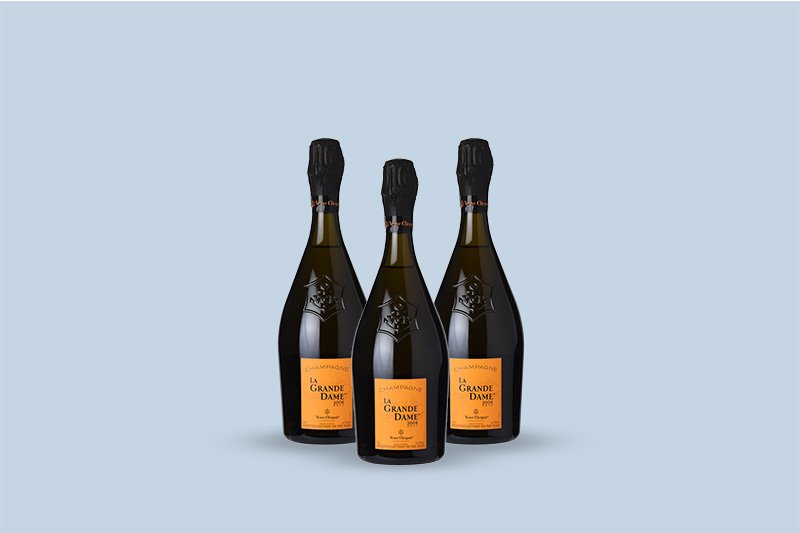
This Veuve Clicquot prestige cuvée has biscuity aromas with almond and chocolate notes. The palate has crisp acidity with hints of lime, wet stone, and a chalky minerality.
9. N.V Moet & Chandon Brut Imperial, Champagne, France ($52)

A non-vintage sparkling wine with fine bubbles and buttery lemon notes, expect bold and nutty aromas with pleasing acidity.
10. N.V Andre Chemin Premier Cru Tradition Brut, Champagne, France ($31)
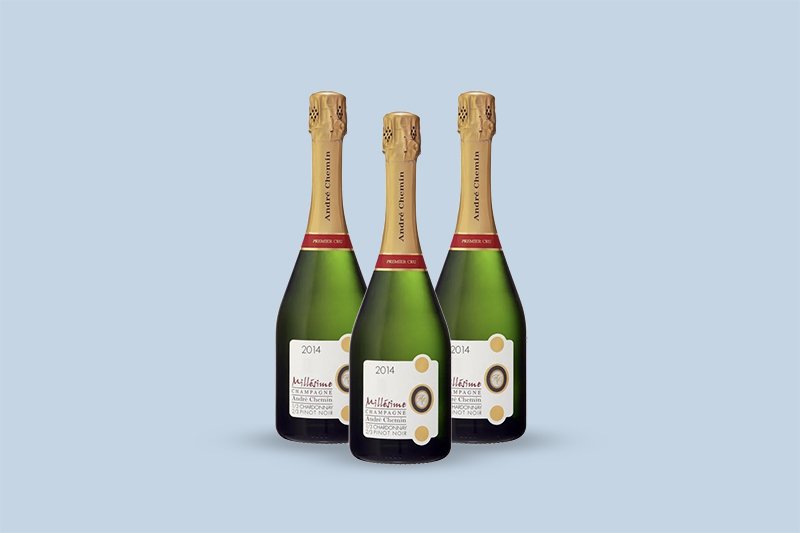
This sparkling wine with brioche notes and bright acidity has baked apple and lemon curd aromas. It has a slight weightiness, and light bubbles dance around the palate.
Delicious Food Pairings With Different Types Of Champagne
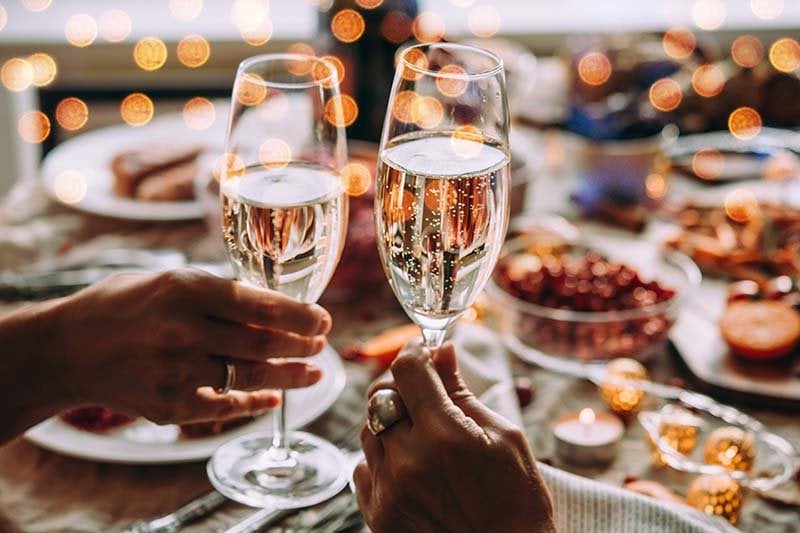
It’s best to know the sweetness level when pairing a bottle of bubbly.
A brut Champagne pairs with a hearty pork belly and dark chocolate, while sweeter bubbly helps balance vinaigrettes and spicy dishes.
You could also whip up a delicious brunch-time mimosa by adding orange juice to your Champagne glass or Champagne flute! You can also replace your Champagne with Spanish Cava.
So, pick up a glass of refreshing mimosa, and read on about how Champagne is created.
How Is Champagne Made?
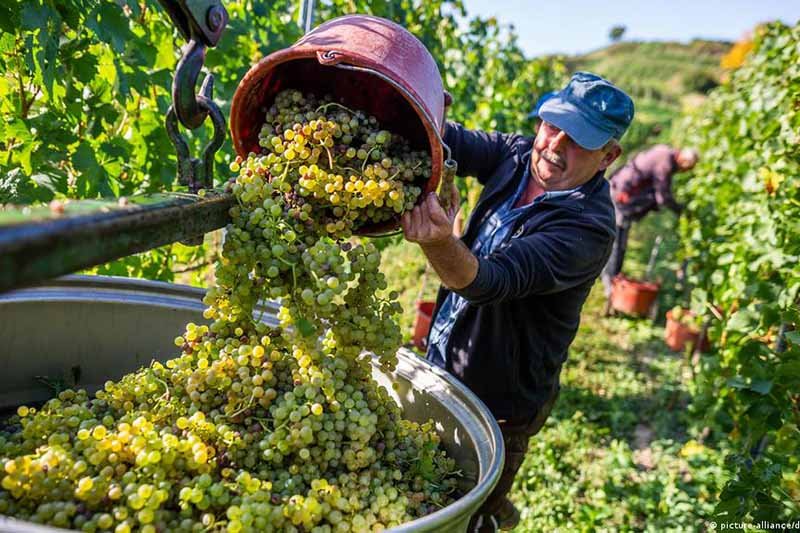
Only sparkling wine from the Champagne region of France can carry the moniker “Champagne,” and it must utilize the “Méthode Champenoise.”
Interestingly, a sparkling wine bottle made in the US may be labeled a “California Champagne” if the producer has been using the term since before 2006.
The Méthode Champenoise (or the “traditional method”) governs everything - from harvesting to bottling.
Champagne producers predominantly use Pinot Noir, Chardonnay, and Pinot Meunier grape varietals in the blends. They press the grapes before performing alcoholic fermentation.
For non-vintage bottles, Champagne producers blend different vintage batches before adding additional sugar and yeast to bottles. This begins the secondary fermentation process and gives the wine its signature sparkling bubbles.
Next, the Champagne is then aged on lees for a minimum of 15 months (for non-vintage) and 3 years (for vintage Champagnes.)
Finally, the Champagne house performs riddling, the process of tilting of the bottle gradually, to extract dead yeast.
Pick Your Favorite Champagne Style And Pop Open A Bottle!
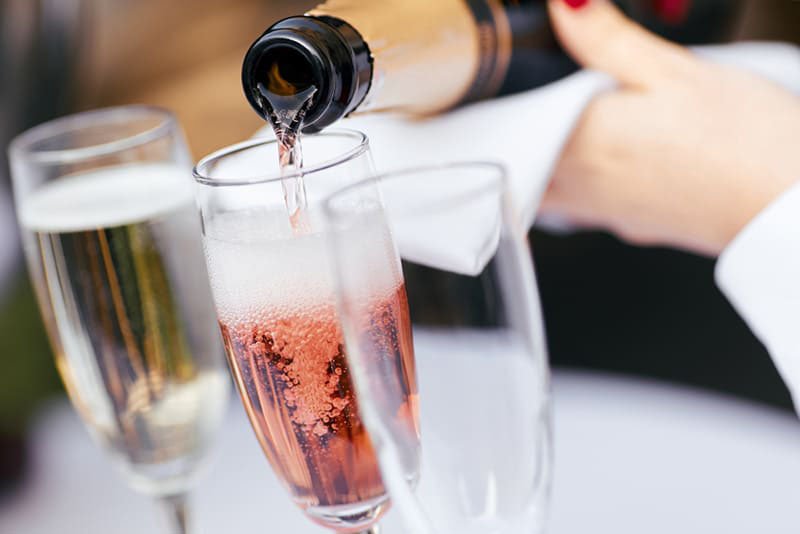
With a range of exotic styles, there’s a bottle of sparkling Champagne for every wine lover! Whether it’s New Years Eve or Sunday brunch, this French bubbly will be a perfect drink to add color to your celebration.
Champagne is not only diverse, but the value of some of the finest bottles can appreciate over time, making it a savvy long-term investment.
If you’re looking to build a portfolio of investment-worthy Champagne, a Burgundian Pinot Noir, or any other fine wine, check out the Vinovest website. Vinovest will help you buy, store, and sell rare and authentic wines from around the globe.
